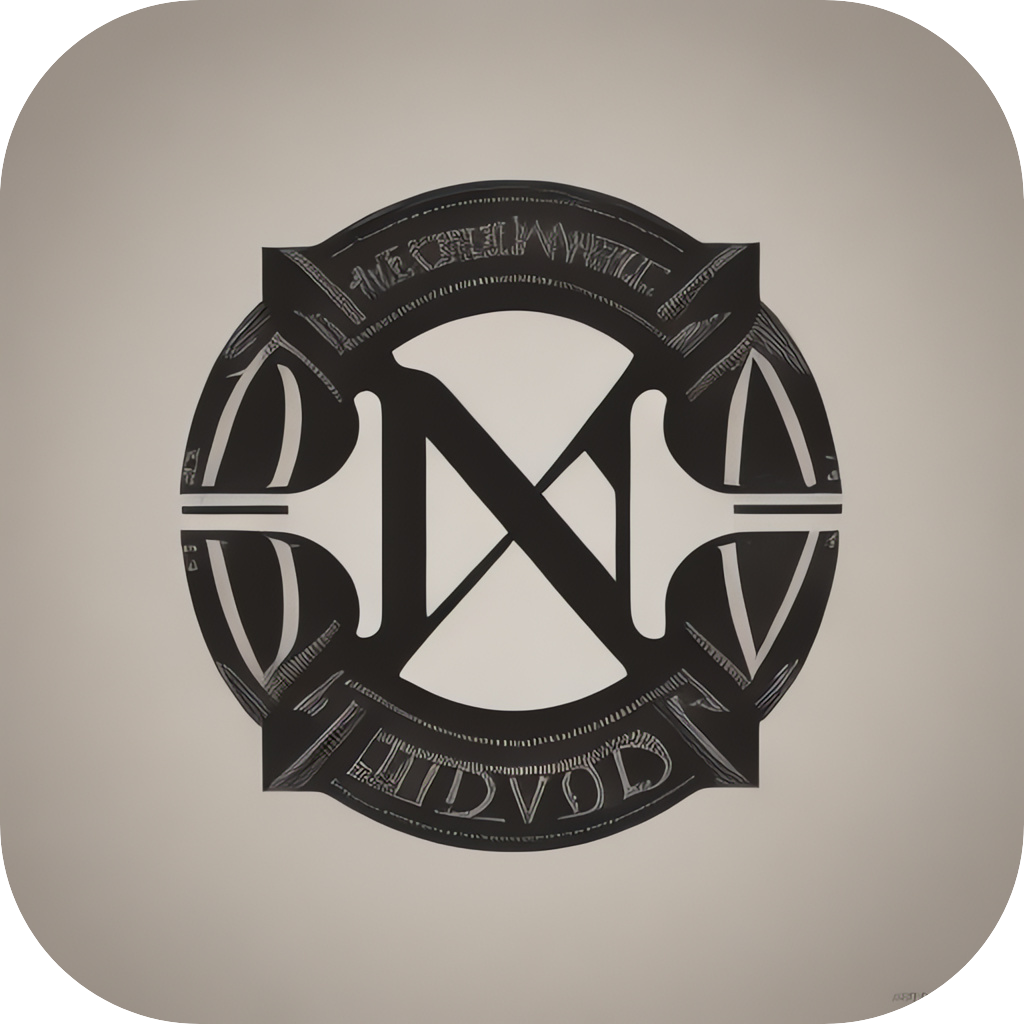Mastering MarkdownMind: A Comprehensive Guide to Enhancing Your Document Organization and Creativity
Markdown is a popular text formatting language that has gained immense popularity since its inception. Primarily created by John MacFarlane for the operating system macOS, Markdown has evolved to be widely used across multiple platforms. The language offers a simplistic approach to add formatting and organization to your documents, providing you the liberty to create, revise and publish them without any hassles. This article delves deep into the nuances of Markdown and offers a step-by-step guide to help you harness the power of MarkdownMind for your document organization and creative endeavors.
### What is Markdown?
Markdown is a simple yet powerful formatting language that allows users to write readable text which is then converted into visually appealing text. Its simplicity lies in its ease of use—a plain text editor can be used to type Markdown code, which can then be rendered to HTML, PDF, text, or any other output format supported by Markdown processors. It’s a perfect tool for bloggers, writers, software developers, and educators looking to manage and present their content seamlessly without the need for extensive technical knowledge.
### Benefits of Markdown
1. **Ease of learning**: Markdown isn’t complicated, primarily consisting of a few essential commands like headings, lists, links, and code blocks. Even beginners can grasp the basics quickly.
2. **Consistent formatting**: Regardless of the output format, Markdown maintains a uniformly formatted text, making it ideal for presentations, reports, and documentation.
3. **Platform agnostic**: You can use Markdown across platforms and applications without any conversion headaches. This flexibility enhances productivity and workflow.
### Getting Started with Markdown
To begin creating Markdown documents, you’ll need a plain text editor. You can use popular text editors like Atom, Visual Studio Code, Sublime Text, or a simple IDE like Notepad++ orTextEdit (Mac).
#### Example Markdown Document:
“`markdown
# Welcome Message
Hello Universe! I hope you are having a fantastic day.
## Tips for a Good Day
1. **Wake up early**: Start your day early, it sets up everything else too!
2. **Enjoy a hot cup of coffee**: Savor the moment, every sip counts.
This is your standard Markdown syntax. Below the header level, each subsequent `#` decreases the level of the heading. A new line with a blank line automatically creates a heading.
**Bullet Point List**
– Complete your tasks
– Enjoy your hobbies
– Connect with family and friends
`##` creates subheadings within your main heading. The bullet-point list style allows for customizable ordering and structure of your content.
#### Adding Links and Images:
– **Adding a link**: Include text and the URL in square brackets, preceded by an opening parenthesis. Example: Click [this link](https://www.example.com).
– **Adding images**: Use the syntax `` to embed images. The image description will display if the image cannot load.
“`

“`
#### Code Blocks:
– To create a code block, ensure you indent your code with four spaces. This helps in maintaining the structure of the code, making it easier to read.
“`javascript
function greet() {
console.log(“Hello, world!”);
}
“`
This syntax is crucial for including programming code snippets, scientific notation, mathematical expressions, or LaTeX equations.
Markdown offers endless possibilities for creativity and productivity enhancement. Whether for writing a blog post, structuring notes, or documenting code in a project, the language’s clean syntax ensures clarity and coherence. By mastering the basics and diving into advanced techniques, you can unlock the full potential of MarkdownMind, making it an indispensable tool in your digital toolbox.
